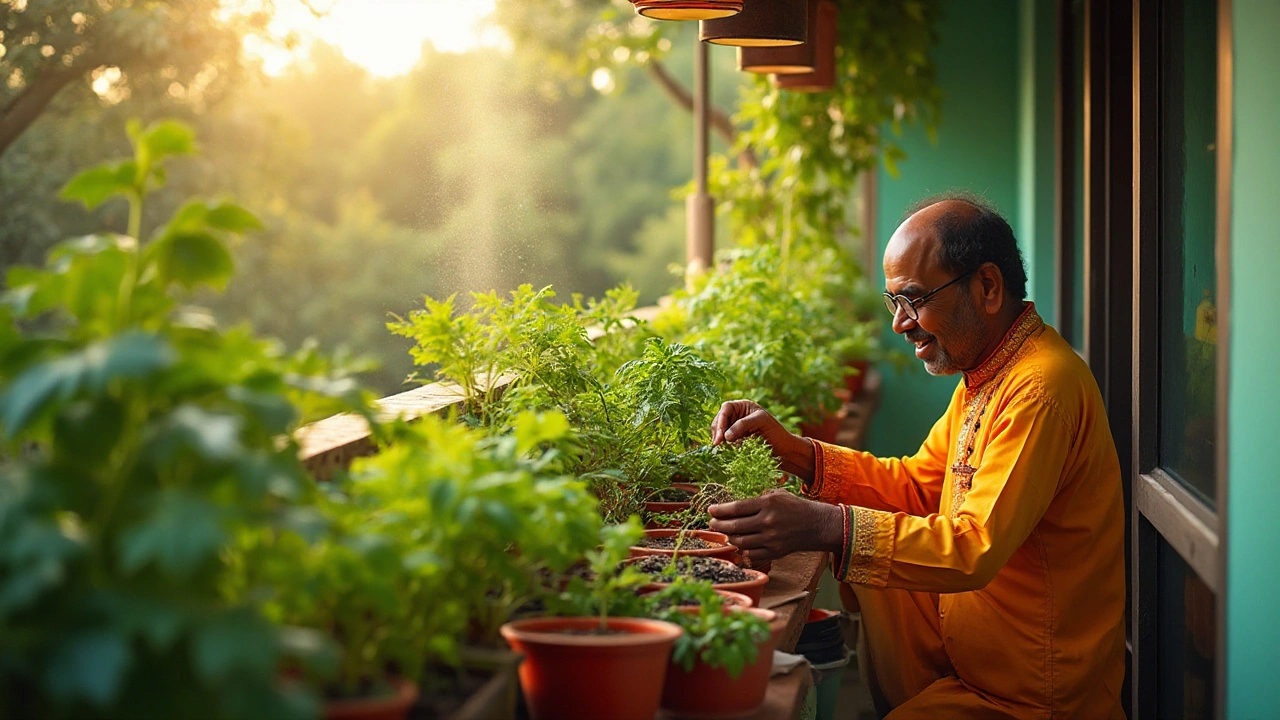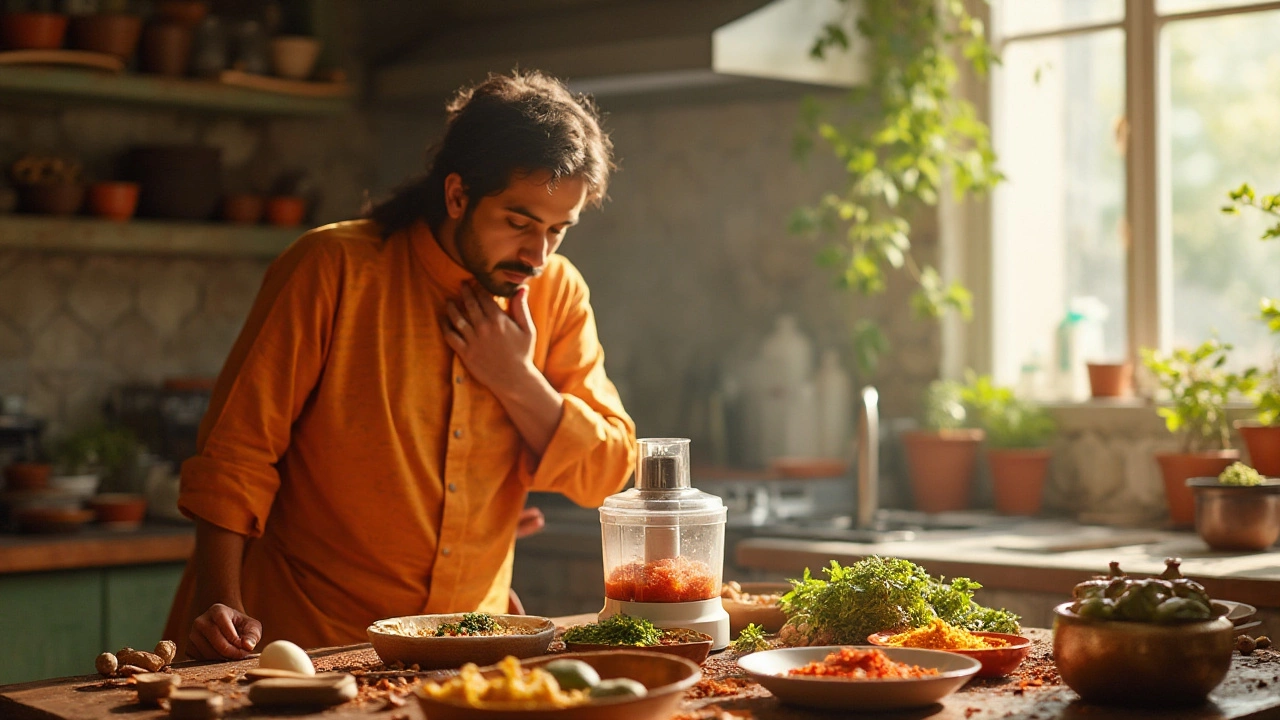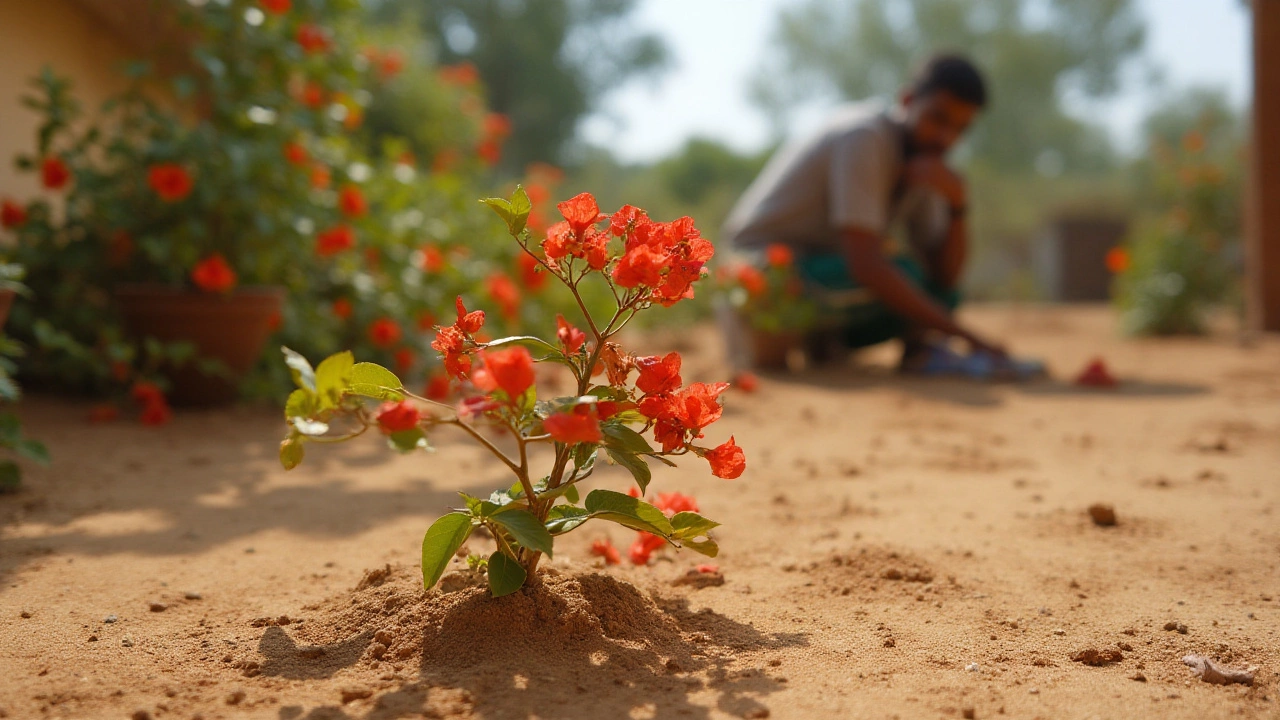Home and Garden: Practical Tips for Everyday Spaces
When working with Home and Garden, the combined world of indoor living and outdoor care that shapes how we eat, relax, and personalize our surroundings. Also known as DIY Home & Garden, it blends design, sustainability, and daily habit building. Home and Garden isn’t just a hobby; it’s a lifestyle that connects the way we furnish rooms, grow food on a balcony, and choose kitchen tools. For example, Furniture Manufacturing, the process that turns raw materials into the sofas, tables, and storage units that fill our homes directly influences the look and comfort of a living room, while Balcony Gardening, the practice of growing herbs, vegetables, and flowers in limited outdoor spaces adds fresh produce and visual appeal to a compact urban setting. These two sub‑areas embody the idea that good design meets functional growth, a core principle of any home and garden plan.
Why Sunlight and Smart Tools Matter
One often‑overlooked factor is Sunlight Orientation, the direction a balcony or window faces and how it captures daily solar exposure. Knowing whether your balcony faces east, south, or west determines which plants thrive, how quickly they mature, and even how much heat enters your apartment during summer. Kitchen Appliances, tools like food processors, blenders, and mixers that speed up meal prep also play a role in the indoor side of the equation. While a food processor can chop vegetables in seconds, it brings drawbacks such as bulkiness and cleaning challenges—issues highlighted in recent consumer reviews. By aligning sunlight orientation with balcony garden choices, you not only boost plant health but also reduce reliance on artificial grow lights, cutting energy use—a win for both your wallet and the planet.
The articles below dive deep into these topics. You’ll find a behind‑the‑scenes look at where Ashley Furniture is made and how global supply chains affect price and quality, a step‑by‑step guide to picking the best balcony direction for sun‑loving veggies, a rundown of the slowest‑growing vegetables you can tackle on a small patio, and a realistic take on the biggest food processor downsides. Each piece offers actionable advice, data‑backed facts, and real‑world examples you can apply right away. Ready to upgrade your living space, grow a greener balcony, and make smarter kitchen choices? Scroll down to explore the full collection and start turning your home into a more efficient, enjoyable, and sustainable haven.
Where Is Ashley Furniture Made? Inside Ashley's Global Manufacturing Secrets
Ever wondered where Ashley Furniture actually makes all that stylish furniture? Discover the global network behind Ashley's manufacturing, learn facts & tips for buyers.
Optimal Balcony Directions for Sunlight in Your Garden
Discovering the right direction for your balcony to get ample sunlight can significantly enhance your gardening efforts, ensuring your plants not only survive but thrive. This article explores the impact of balcony orientation on sunlight exposure and provides practical tips on making the most of your available space. By understanding the specific needs of your plants and the sunlight patterns in your area, you'll learn how to optimize your balcony as a flourishing green sanctuary. Whether you're a seasoned gardener or a novice enthusiast, these insights could help you cultivate a vibrant balcony oasis.
Balcony Gardening: Growing the Slowest Vegetables
Growing vegetables in a balcony garden offers the joy of harvesting fresh produce right from your doorstep, but patience is key, especially with certain vegetables that take longer to mature. This article explores which vegetables take the longest to grow and why. It provides insights on managing expectations, understanding growth cycles, and effective techniques to optimize your balcony garden for these slow growers. Don't let limited space deter your gardening ambitions; instead, embrace the challenge and reward of growing vegetables that require extra time and care.
Understanding the Key Drawbacks of Using a Food Processor
Food processors are invaluable tools in modern kitchens, simplifying tasks like chopping, slicing, and pureeing. However, they are not without their downsides. This article explores the primary disadvantage of food processors, covering issues such as bulkiness, limited control over blending, potential over-processing, and cleaning difficulties. By understanding these drawbacks, users can make informed decisions about their kitchen equipment choices.
- manufacturing
- India
- food processing
- garden tips
- rice cultivation
- government schemes
- balcony garden
- urban gardening
- balcony gardening
- profitable business
- business ideas
- plastic manufacturing
- drip irrigation
- plant care
- steel manufacturing
- sustainable gardening
- startup ideas
- steel industry
- flower gardening
- textile manufacturers









